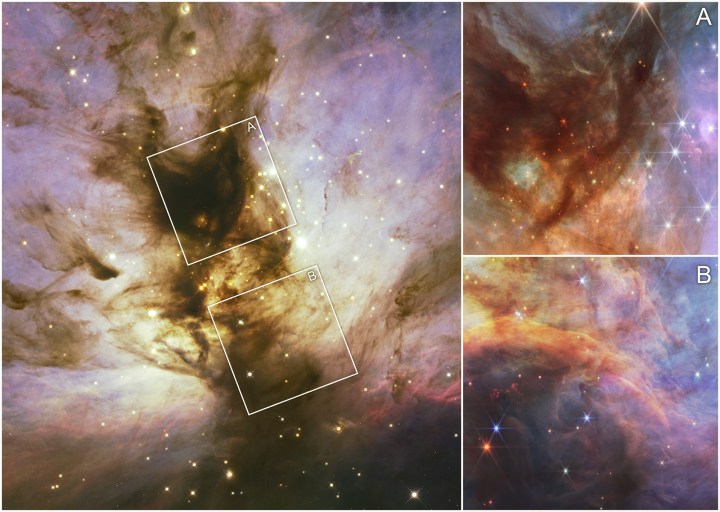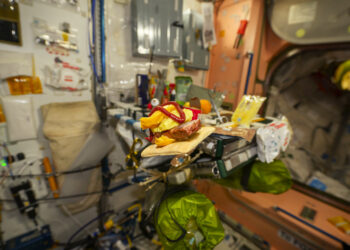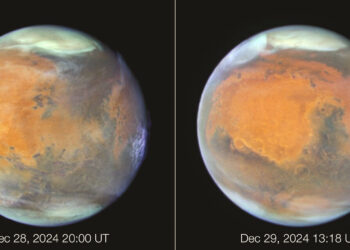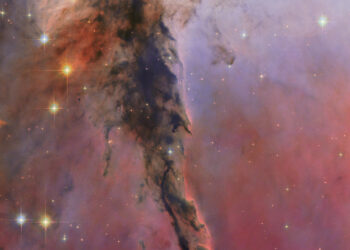Our cosmos is filled with a variety of stunning and intriguing celestial objects, and we have the privilege of observing many of them through advanced instruments like the James Webb Space Telescope. A recent image captured by Webb presents a striking perspective of the Flame Nebula, an emission nebula nestled within the constellation Orion.
This nebula serves as a vibrant stellar nursery, teeming with the birth of new stars. However, in this instance, researchers were focused not on stars but on intriguing entities called brown dwarfs. These objects are larger than most planets yet smaller than stars, and they lack the mass necessary to initiate fusion in their cores. Therefore, they are often dubbed as failed stars.
The aim of the research was to establish the boundary between stars and brown dwarfs. Specifically, what is the minimum mass required for an object to begin fusion and become a star?
“The objective of this project was to investigate the fundamental low-mass threshold involved in star and brown dwarf formation. With Webb’s capabilities, we can analyze the faintest and lightest objects,” elucidated lead author Matthew De Furio from the University of Texas at Austin in a statement.

The Webb image focuses on three brown dwarfs. Although they may resemble protostars, these distinct objects were the primary subjects of the researchers’ studies.
Stars and brown dwarfs emerge from substantial molecular clouds that fragment into smaller pieces. When these fragments are subjected to gravitational pressure, they heat up, and with enough material, stars begin to form. Understanding the heat emitted by these objects is crucial in distinguishing between the formation of a star and that of a brown dwarf.
“The cooling of these clouds is significant because sufficient internal energy counteracts gravity,” explained fellow researcher Michael Meyer from the University of Michigan. “If the clouds cool effectively, they collapse and partition.”
Researchers believe that the transition point from star formation to brown dwarf formation may lie around two to three times the mass of Jupiter. However, identifying these relatively smaller objects poses a challenge, prompting them to leverage data from both the Hubble Space Telescope and Webb.
“Conducting this research on brown dwarfs down to ten Jupiter masses from Earth is quite challenging, particularly in areas like this,” remarked De Furio. “The wealth of Hubble data amassed over the last 30 years made us realize this is a valuable star-forming region to examine, and Webb is essential for our current scientific inquiries.”

This graphic illustrates how data from both Hubble and Webb can complement each other effectively.
“The advancements from Hubble to Webb represent a significant leap in our capabilities to comprehend these phenomena,” stated Massimo Robberto from the Space Telescope Science Institute. “Webb is truly unlocking a fresh realm of possibilities for understanding these celestial objects.”
The research findings have been published in The Astrophysical Journal Letters.





